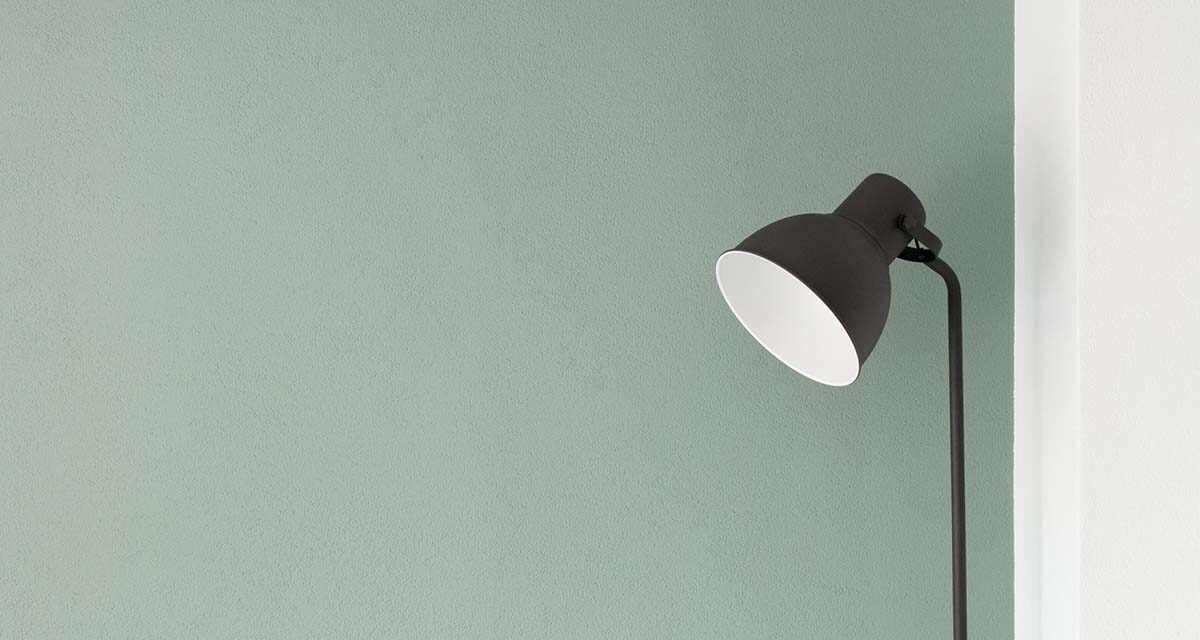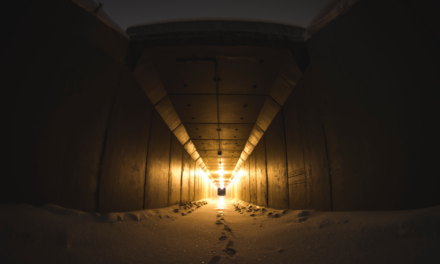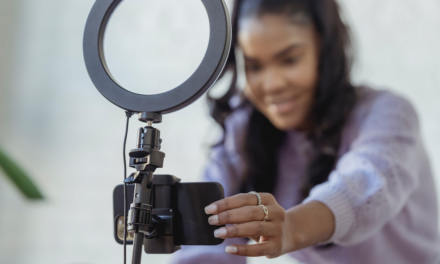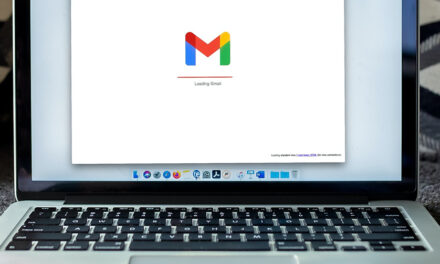The minimalist lifestyle isn’t for everyone.
I’ve always enjoyed living in tight spaces and daydream of what it must be like to live on a submarine. Wouldn’t a carpeted cave be an exciting place to call home?
When it comes to minimalism and keeping less, I find my mind is put at ease by knowing everything has its place. I’m not accumulating trash or needless goods. The benefits of a minimalist lifestyle also include:
- Rewiring of the brain and habits to start spending less
- Fewer items to pack if you move
- More space in the home or for the home office
- Lessened individual environmental impact on the planet
It might not come easy to begin your journey as a minimalist. But, once you make the first step, it becomes easier to release the materialistic binds that so often minimize life.
Not sure how to embark on a minimalist lifestyle? Do you want to take your decluttering a bit further? As I always say, use it or lose it. But don’t forget! Donate or gift your unused items whenever and wherever possible instead of throwing things in the trash.
Want to live a minimalist lifestyle? Go without a microwave.
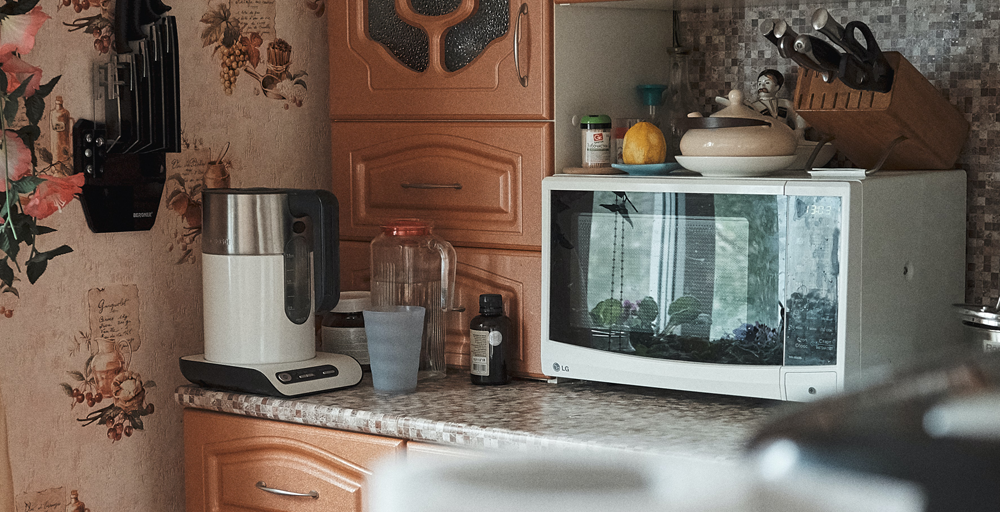
We’ve been without a microwave for a few months and haven’t missed it one bit. It seemed significant at the time, but not now.
Instead of keeping both a large microwave and toaster on the counter, we donated both and now own a single, small toaster oven in the kitchen. It’s multi-use and allows us to heat food, bake, and toast when needed.
As another benefit, I’ve also noticed our eating habits have improved due to the absence of a microwave. Processed food is often microwaved most. I reach for a raw vegetable or fruit instead of making a bag of popcorn or heating sodium-rich soup when I want a snack.
If using a toaster oven, remember to plug the appliance into a wall outlet and avoid plugging into a power strip, as it can become a fire hazard.
Donate extra linens and bedding.
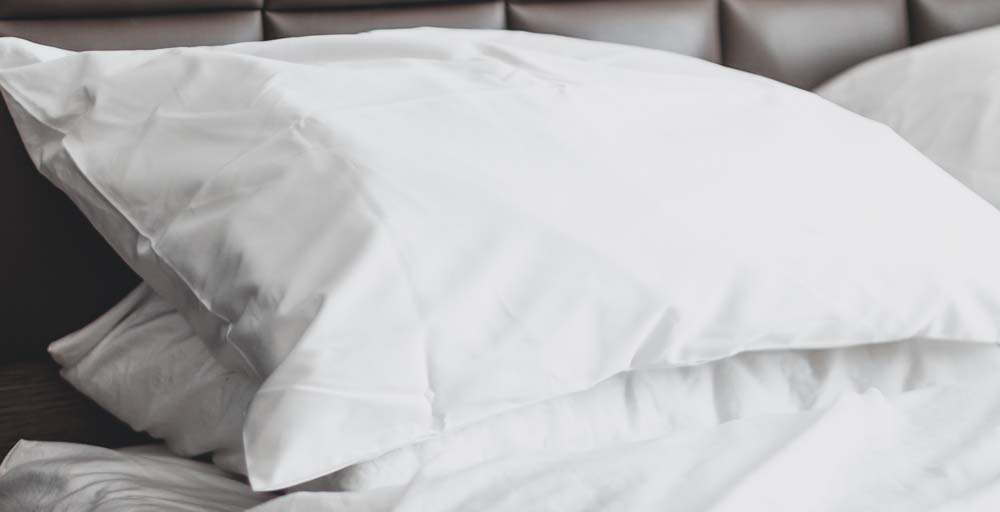
Time and use wear away at blankets, bring holes to sheets, and cause pillows to lose their fluff and luster.
After taking stock of our bedding situation, I noticed we had a couple of pillows we shied away from each night, making a discarded pile of pillows each evening. They seemed pointless to keep, so we added them to our outgoing donation collection.
Now, we keep the few pillows we like to use most each night and have more room in our queen-sized bed overall.
Part with piles of books & magazines.
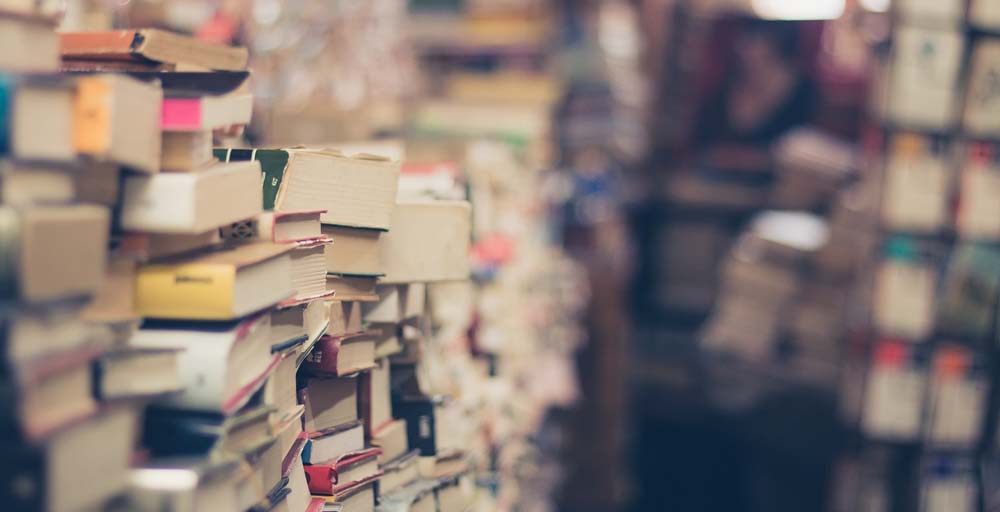
I’ve always been a booklover, but my love of books became a problem.
A few years ago, after years of collecting books from thrift stores and bargain bins, our bedroom began to become consumed by mountains of books in every corner. Eventually, space became an issue, and I needed to make the decision to donate some of my collection. Hundreds and hundreds of pounds of books were given to a new home.
Books ultimately became the catalyst for my initial interest in a minimalist lifestyle.
Now, I keep the few reference books I value most and store a few personally sentimental books. Life feels much lighter – both mentally and physically.
As for magazines, unless they’re artsy collector’s items, they’re likely outdated and can be recycled instead of taking up space in your home.
Toss expired food and spices.
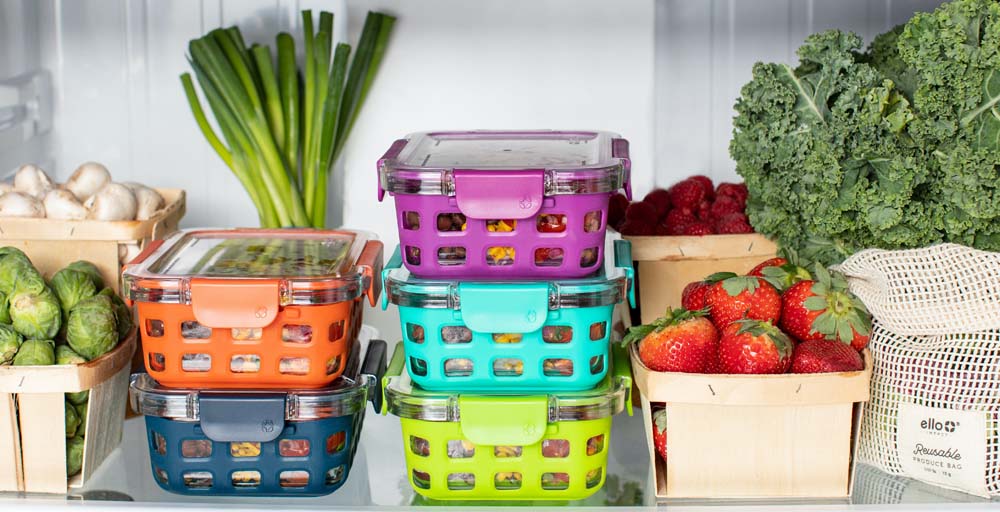
It’s incredible how quickly outdated food and condiments collect in the fridge.
Discard anything outdated or spoiled to avoid any food poisoning health risks. This also includes getting rid of any food you just don’t like and won’t end up eating. Keeping the food that will go unused only wastes space.
Spices not used often also tend to expire, so double-check your collection to ensure none are past their prime. Expired spices tend to lose their potency and dull in flavor potential.
Go through the holiday decorations.
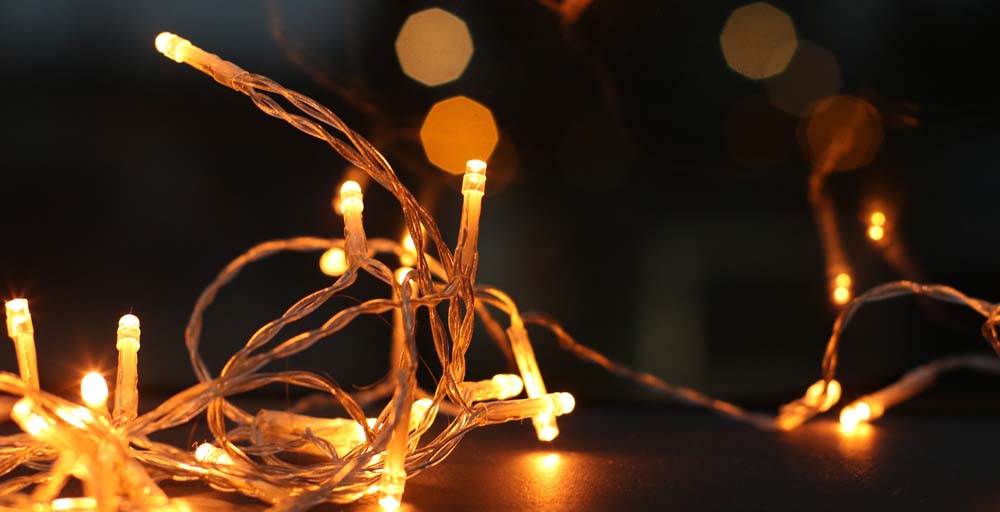
A few weeks ago, we popped open the Christmas decoration bin and found a few items to donate that we didn’t want to display any longer.
We’re already light on holiday decorations since we don’t decorate much for holidays like Halloween. We pretty much only decorate minimally for Christmas. The few items no longer needed tended to be mass-produced items and kept sentimental things like ornaments and handmade Christmas gifts from friends and family.
When shopping for gifts for others or preparing for the holidays, resist the urge to over-purchase decorations. Keep to your most prized showpieces and give them ample display space and room to shine.
Dispose of and trim dying houseplants.
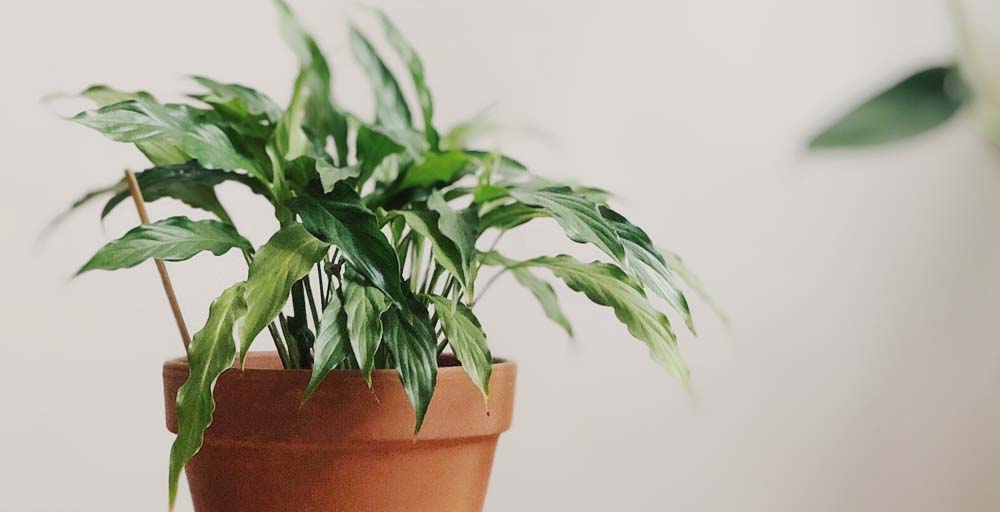
Dying or sickly houseplants will invite opportunistic bug invasions. They could also cause plant-borne diseases to spread to your other houseplants — so it’s important to trim back or compost any plants that you won’t be able to save.
And don’t fret if you lose a plant! You can always support your local nursery and get more in the future. I’ve lost plants, but each loss has only taught me more about plant care and allowed me to diversify my collection with something different.
Remove the TV from the bedroom and live the minimalist lifestyle.
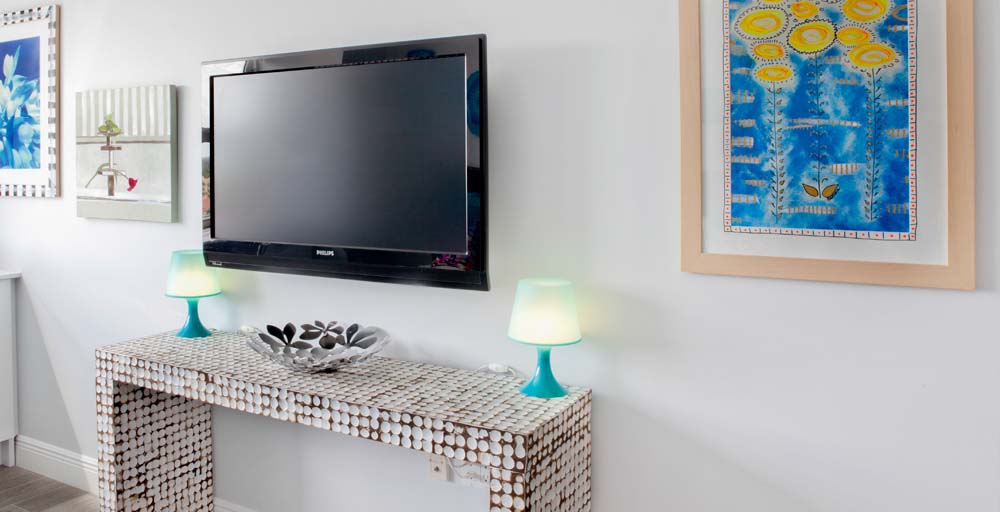
I’ve always been a big fan of keeping a TV on in the bedroom when falling asleep. But at 30 last year, I decided it would be a behavior I’d leave behind in my 20’s in the pursuit of my new minimalist lifestyle.
We donated the TV we kept at the foot of our bed, and I’ve slept so much sounder since. Each night before bed, we enjoy winding down and watching TV together, but we watch in the living room and then turn off the TV and head to bed when we find we’re first starting to doze off.
Barrett is a heavy sleeper, so gone are the days when I’d endlessly watch TV from bed, trying to fall asleep. In a constant state of awakened buzzing in the brain. What’s my new bad habit? I like to read complete Wikipedia entries on any topic, from beginning to end, from bed on my iPhone.
Consign or donate old or unused clothes.
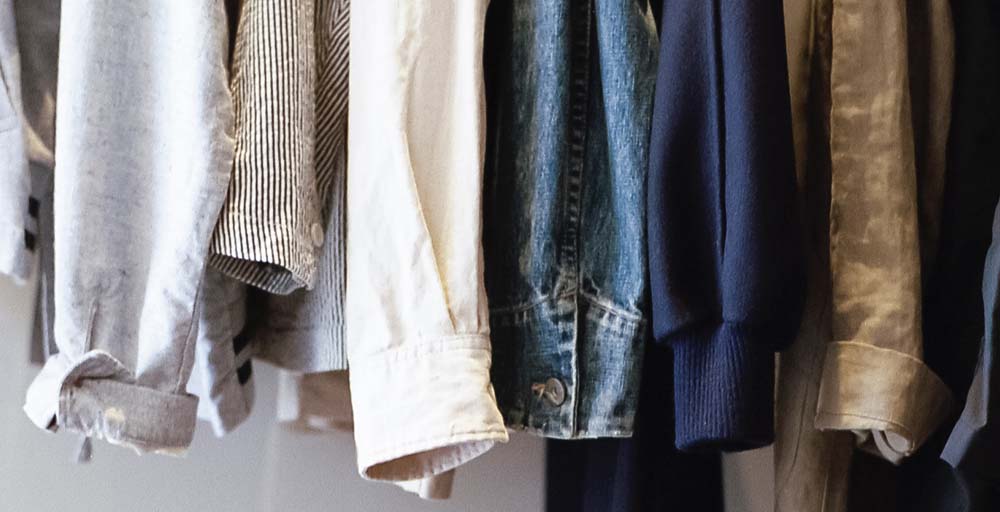
Each new season is an excellent time to go through your wardrobe. See if you have any clothing items you don’t see yourself wearing again, have gone out of style, or are tattered and worn.
Sell any nicer shoes and attire at a local consignment store for additional income or cash to use for new clothes. Old underwear can be tossed.
Store keepsakes so they don’t collect dust.
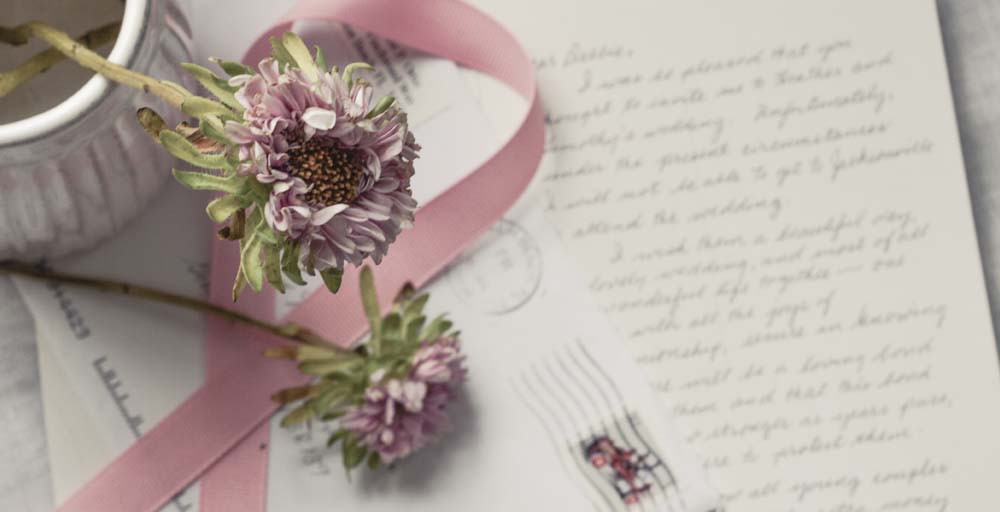
Keepsakes tend to accumulate, so I display favorites in key places throughout the house and store the rest.
When I feel the decorations are stagnant, I pull out the keepsake bin and rotate a few items in and out.
This rotation of keepsakes helps to cut down on dust. It also renews my interest in each item by putting it out for some time and then re-unveiling it later.
Throw away the old makeup and bathroom supplies.
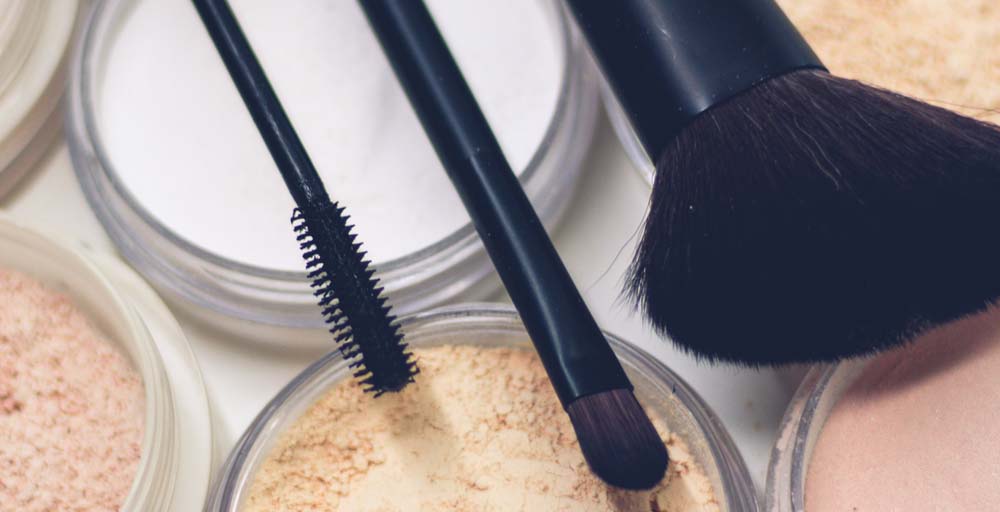
Makeup has an expiration date, so be sure to periodically check to see if any products need to be discarded.
In general, it’s best to throw away old makeup instead of donating to cut down on the spread of germs or any adverse effects from outdated substances.
Medications, vitamins and other bathroom supplies can expire, so check all labels when going through your bathroom stock. While cleaning out your bathroom, you’ll probably also find random products and items you don’t use for your hair or beauty regime. Take the opportunity to get rid of those too!
Minimalist lifestyle closet choice? Discard the wire or plastic hangers.
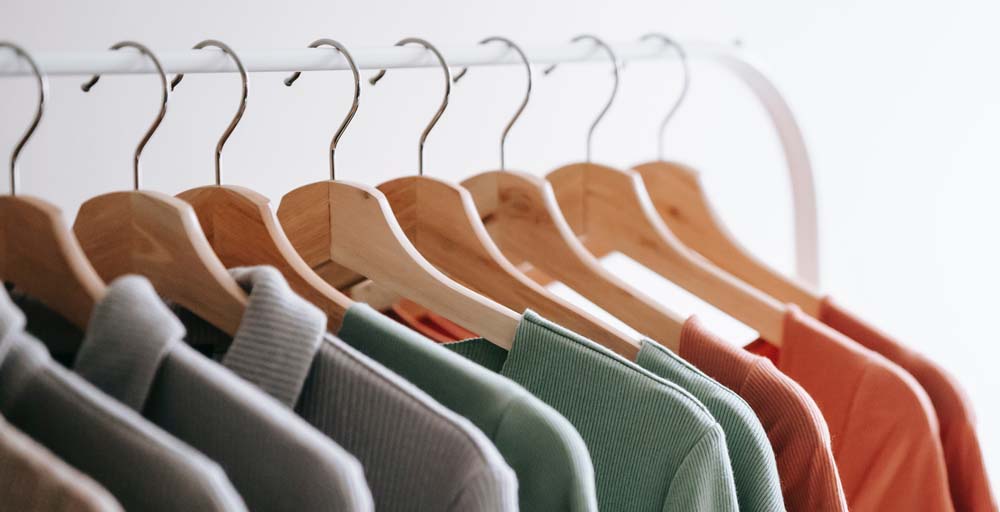
One hanger broken. Two hangers broken. Three.
Before we switched to wooden hangers instead of plastic, I was King at breaking the little buggers. Maybe it’s impatience, but I notoriously broke our thin plastic hangers when I quickly rushed to grab a t-shirt from the closet.
We’ve since replaced our plastic and miscellaneous wire hangers with substantial, wooden hangers — and we haven’t lost any. In the long run, we’ve saved money by investing in the more durable hangers, and clothes hang better on the hangers with their deeper frames.
Ditch the old, unused, and outdated electronics.
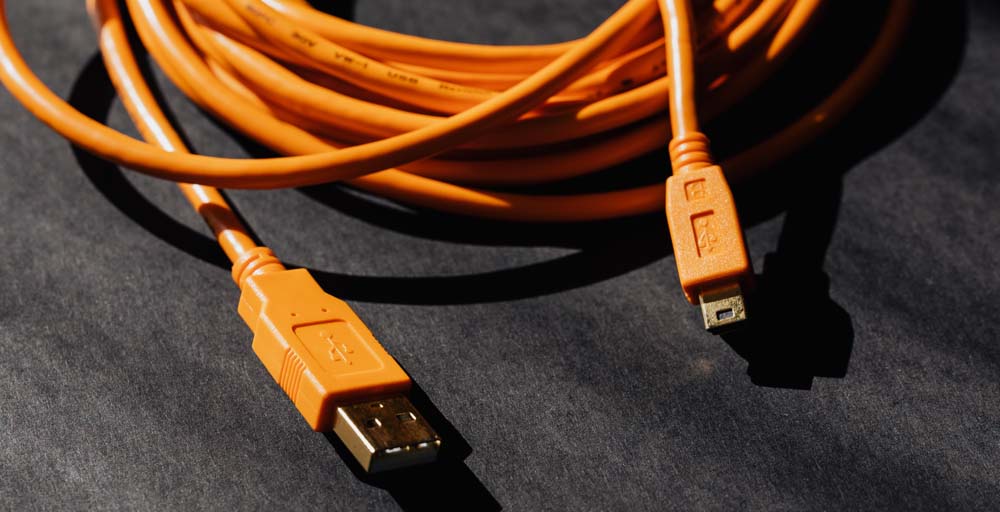
When I go through all my many electronic tools, cords and pieces of equipment and accessories, I always find a few items I don’t use any longer. Even small items count! A few weeks ago, I got rid of a few SD cards that were only 8 GB in size. Much too small for my current portable storage needs.
I take any expensive electronics of high value and sell them online or give them to someone where the item could be used.
What should a minimalist keep?
A minimalist should keep only the things necessary to maintain life (e.g., minimal tools needed for cooking, clothes, etc.). And a small collection of meaningful or nostalgic items.
If a household or office item goes unused for several months, there’s a good chance you won’t need it in the future. You might want to consider donating the item or giving it to someone who might get more use out of it!
How do I begin living a minimalist lifestyle?
You can start living a minimalist lifestyle in two steps.
First, stop purchasing any non-essential food or household items to allow yourself a chance to make an assessment.
Second, start reviewing your home room by room or in smaller sections. Donate, trash, or sell anything that no longer serves a purpose or has gone unused for several months and is not needed in the future.
Once you’ve gained traction in getting rid of unneeded items, you can pursue more advanced decluttering and minimalism. Consider the use and potential purge of microwaves, bedroom TVs, extra vehicles, and more.
How can I be a minimalist in 30 days?
You can become a minimalist in 30 days by choosing a different area or room of your home to declutter each day.
Alternatively, you can also focus on minimizing a particular item each day instead of decluttering by area. For example, you can gather all electronics, cords, and batteries from throughout your home on your first day and focus on downsizing only those items.
Use the minimalist lifestyle tips above for ideas to focus on decluttering each day! Your 30 days to minimalism could also look something like this:
- Day 1: Purge electronics and cords, including kitchen appliances.
- Day 2: Donate unneeded linens, pillows and bedding.
- Day 3: Part with your piles of books and magazines.
- Day 4: Toss expired food and spices.
- Day 5: Go through holiday decorations.
- Day 6: Dispose of and trim dying houseplants.
- Day 7: Consign or donate any clothes and shoes you no longer wear.
- Day 8: Get rid of any keepsakes that are no longer meaningful.
- Day 9: Throw away old makeup and bathroom supplies.
- Day 10: Gather and toss any unused pens, pencils, paper and art supplies.
- Day 11: Go through all home office supplies and equipment for anything to donate or part with.
- Day 12: Dump out and purge any extra items in purses or handbags.
- Day 13: Clean vehicles and throw away any trash left inside or on the floors.
- Day 14: Declutter the junk drawer.
- Day 15: Consider more advanced minimalism by donating your microwave, bedroom TV, etc.
- Day 16: Donate and downsize any CD, DVD or VHS collection.
- Day 17: Gather and donate any unused toys and items for children in the household.
- Day 18: Donate power tools and any home improvement equipment or supplies no longer needed.
- Day 19: Minimize collections of eating utensils, plates, bowls and cups.
- Day 20: Donate artwork or decorations that no longer suit your style.
- Day 21: Deep clean counter surfaces, bedding and floors. Take a deep breath. Celebrate how far you’ve come. Through the rest of the 30-day process, you’ll spend time reviewing the rest of your home, decluttering room by room.
- Day 22: Declutter any outside spaces in the front or back of the home.
- Day 23: Declutter garage and/or sheds.
- Day 24: Declutter living room.
- Day 25: Declutter entry, mudrooms, and laundry rooms.
- Day 26: Declutter master bedroom.
- Day 27: Declutter spare bedrooms.
- Day 28: Declutter any office spaces.
- Day 29: Declutter the kitchen.
- Day 30: Declutter bathrooms.
Take your personal minimalism process day by day. Celebrate each accomplishment, and you’ll find at the end of one month, your entire home will be transformed into a more tranquil, gathered place where you can live more intentionally.
What is a minimalist lifestyle like?
The minimalist lifestyle is one of peace.
When you only keep what’s necessary and part with the unneeded, you begin to recognize how much we fall prey to marketing devices. They convince us to purchase products that don’t necessarily add value to our lives. As a minimalist, I have less of an environmental impact on the planet, have more space in my home and office, and use everything I own.
A few years ago, we decided to downsize to only one car instead of two since I work from home. We now save on a monthly car payment and avoid having to pay duplicate registration, fees, and more.
A life of minimalism tends to compound in returns.

